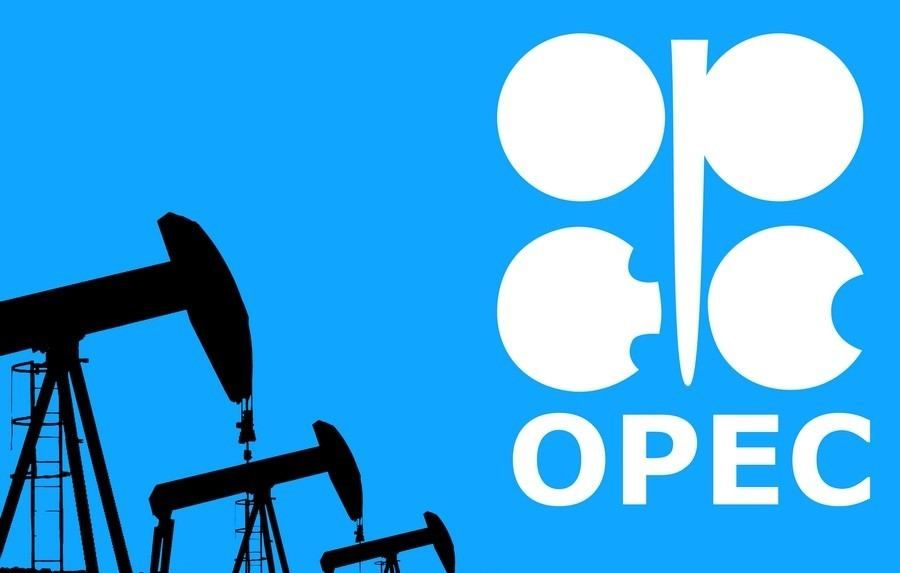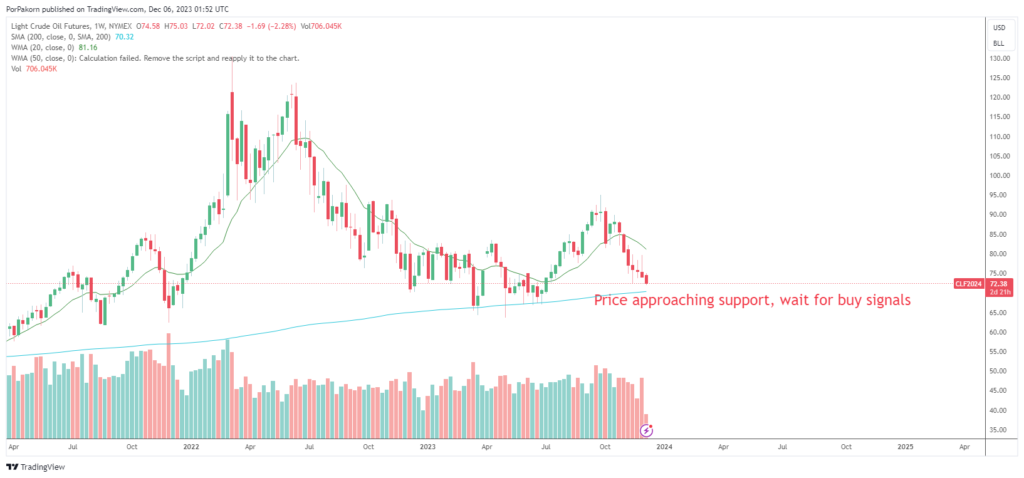Introduction
WTI crude futures saw a significant reversal on Tuesday, plummeting towards the $72 per barrel mark, marking a five-month low. This decline was exacerbated by doubts surrounding the OPEC+ production cuts and concerns regarding fluctuating demand, further compounded by the strengthening of the U.S. dollar. Over a span of four consecutive days, oil prices remained under substantial pressure, with investor confidence wavering about the efficacy of the OPEC+ deal in bolstering prices. Despite Russia’s Deputy Prime Minister Alexander Novak‘s statement regarding the alliance’s willingness to deepen production cuts in the first quarter of 2024, apprehensions persist about the adequacy of existing measures to combat market speculation and volatility.

Simultaneously, discussions at the COP28 climate conference indicated a potential push for a formal phase-out of fossil fuels as part of the United Nations summit’s final measures to combat global warming. This prospect places additional pressure on oil prices, signaling a growing inclination towards sustainable energy solutions.
Moreover, the U.S. dollar surged to a two-week high following fresh data revealing a decline in job openings in October to levels unseen since early 2021. This ascent of the dollar traditionally exerts downward pressure on commodities priced in the currency, contributing to the prevailing downward trajectory of crude oil.
Understanding the intricacies of crude oil analysis necessitates a holistic grasp of the multifaceted factors steering market movements. The current landscape represents a convergence of influences, spanning geopolitical dynamics within the OPEC+ alliance to global initiatives targeting climate change. Investors and stakeholders must acknowledge the interplay of these elements and their potential to shape oil price trajectories.

Amidst wavering confidence in the effectiveness of the OPEC+ accord, prudent advice for investors involves vigilant monitoring of developments within the alliance. Insights into the impact of production cuts and indications of deeper measures being considered can significantly sway market sentiment. Additionally, staying attuned to global shifts towards renewable energy and sustainable practices is crucial. These shifts in sentiment and policy can herald substantial changes in demand dynamics, thereby altering the market’s supply-demand equilibrium.
Conclusion: Crude oil analysis
In conclusion, the recent downturn of WTI crude futures to a five-month low amid uncertainties surrounding OPEC+ actions and evolving demand paradigms underscores the complexity of the crude oil market. Recognizing the nuanced interplay between geopolitical, economic, and environmental factors is pivotal for stakeholders navigating this landscape. Vigilance, astute analysis, and an adaptable investment approach are indispensable in maneuvering through the uncertainties and potential opportunities that the crude oil market presents.





